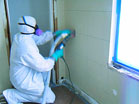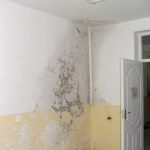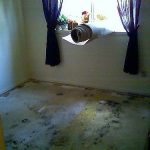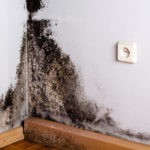Water is the main cause for mildew and mold buildup, however finding their source can sometimes be a challenge. The presence of mold can have mild to serious implications for your health, from congestion to increased irritability and insomnia, depending on the type of mold. Thankfully all it takes is some preparations and the right tools and knowledge to get things done right. Let’s begin with the first tip.

Pipes and Drains
If you happen to see any mold near your home’s water pipes, plumbing or waste pipes, then it is highly probable that the mold may be using the moisture there. You should let your water run so you can check for possible leaks or wet spots. It is possible the leak may have occurred away from where the mold is growing and the water is spreading underneath the surface of the wall.
Check the Vents
If you have mold growing on the exterior walls or the ceiling, then you should look for a possible leak on the roof of your home. You should take a close look at the roof flashing, window wells, vents and decks as well as any spot where the wood or other material may be rotting. If you have persistent moisture around your home’s foundations it could seep in and create a lasting problem as well.
Condensation Issues
If you see mold forming on the ceiling or under a duct and you see no roof leaks, then this will definitely mean you have a problem with faulty insulation. This often leads to excessive condensation that saturates the area and gives a chance to the mold spores to grow. While this may happen easily in warm weather, the opposite can happen when cold weather arrives. The places where the hot water leaks out become vulnerable to condensation and the mold growth that may occur.
Looking for Mold
In most cases mold is easy to spot and identify, however in some cases they are excellent at hiding under surfaces, making them seem dirty when in reality it has deep roots in that spot. You can do a quick and useful test at identifying mold growth by dabbing the spot in a mix of water and bleach. If the spot lightens up but comes back after you treat the spot you should consider its mold. You could find mold test kits for identifying its presence, however it won’t help you deal with it.
Antimicrobial Spray Treatment
Once you have the spot dried, you should spray and clean the area with antimicrobial spray so it won’t come back. If you have to deal with a massive growth of mold you should consider fogging the entire room instead. This will save you time and it may be more efficient overall. You should be especially careful when you suspect you might be dealing with black mold however, so check in with a specialist if you think that may be the case.
Source: http://www.cleanershouse.co.uk/end-of-tenancy-cleaning/EC2-end-of-tenancy-cleaners-barbican.html




